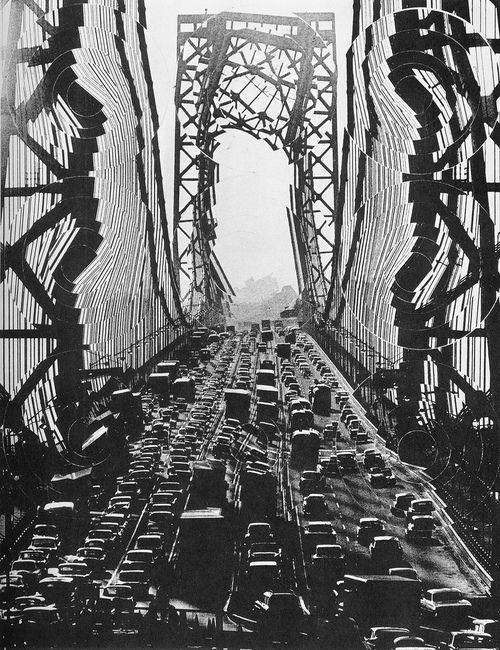Howdy, Stranger!
We are about to switch to a new forum software. Until then we have removed the registration on this forum.
Categories
- All Categories 25.7K
- Announcements & Guidelines 13
- Common Questions 30
- Using Processing 22.1K
- Programming Questions 12.2K
- Questions about Code 6.4K
- How To... 4.2K
- Hello Processing 72
- GLSL / Shaders 292
- Library Questions 4K
- Hardware, Integration & Other Languages 2.7K
- Kinect 668
- Arduino 1K
- Raspberry PI 188
- Questions about Modes 2K
- Android Mode 1.3K
- JavaScript Mode 413
- Python Mode 205
- Questions about Tools 100
- Espanol 5
- Developing Processing 548
- Create & Announce Libraries 211
- Create & Announce Modes 19
- Create & Announce Tools 29
- Summer of Code 2018 93
- Rails Girls Summer of Code 2017 3
- Summer of Code 2017 49
- Summer of Code 2016 4
- Summer of Code 2015 40
- Summer of Code 2014 22
- p5.js 1.6K
- p5.js Programming Questions 947
- p5.js Library Questions 315
- p5.js Development Questions 31
- General 1.4K
- Events & Opportunities 288
- General Discussion 365
In this Discussion
- Hiram February 2017
- jeremydouglass February 2017
- kfrajer February 2017
- koogs February 2017
Slicing images
Hello
Excuse my very poor English.
I am a very beginner.
I would like to be guided please.
My project :
1. I have a picture for example 1200/1200 pixels.
2. At any point in the picture, I click with the mouse to have a point "c".
3. This point "c" becomes the center of 5 concentric rings.
4. I would like to turn the rings a few degrees clockwise or counter-clockwise.
I have no idea that the pixels of the original photo become the pixels of my rings.
It would be nice of me to orient myself.
Thank you
What i want to do is this but in movement....



Answers
@Hiram -- I'd suggest starting with a sketch that creates a simple rotated circle at the mouseClicked location. Later you can call your function five times in a row to five-concentric-rings effect.
One approach that might work:
mask()example. You can useelliipse()instead oftriangle()for the shape you want.this says textures to me
but i'd start by just drawing the circles on the image.
Dear Jeremy ... Thank you for your suggestions, it is 23:00 here in Belgium and I will try your solution tomorrow in when I would be awake and being "aware" as said JCVD .... It is difficult to find a point Of departure for an artist who is not programmer ... I was not very digital art then I discovered and loved Manfred Mohr and since I try to create ... Thank you for your kindness
This code just provide an idea of using textures. You need to have the image file inside the data folder which is inside your sketch folder. The image can be any image you want. Just make sure you rename the file in the code. Source modified from: https://processing.org/reference/textureWrap_.html
Kf
@koogs and @kfrajer recommend checking out textures first -- interesting, I didn't realize that texture() could be used with ellipses, I thought it only worked with polygons. Looking forward to seeing solutions!
You can texture any shape using the x, y, u, v version of vertex, the x, y being the picture coords, the u, v being the (slightly rotated) texture coords.
Hello everyone ... A very big thank you ... Your answers exceed my expectations and I will be able to experiment and go further in my reflection ... These are for me open doors to beautiful experiences ... Thank you for your Helps ...
Very nice, @koogs. I didn't realize that texture() could do things like that -- and a 24-segment polygon gives great results (I've never used it with anything but quads, and assumed for some reason that there would be warping).
Here is a little change to the above sketch -- it replaces draw with a call to a new function, circleSet(), which overlays nested circles using an increasing rotation offset.
Good luck with your project, @Hiram.
This next post could be of interest to the OP or maybe not: https://forum.processing.org/two/discussion/comment/87551/#Comment_87551
I would like to take @jeremydouglass contribution one step further just bc I couldn't resist after seeing @koogs contribution. Replace draw and circleSet in his post with:
Kf